How to Revive a Fish Before Release
When practicing catch and release fishing, knowing how to properly revive a fish before returning it to the water can dramatically increase its chances of survival. Many anglers don’t realize that simply tossing an exhausted fish back into the water often results in its death, even when the intention was conservation. Proper fish revival techniques are essential skills for responsible anglers who want to ensure the sustainability of fish populations and minimize the impact of recreational fishing on aquatic ecosystems. This guide will walk you through the complete process of fish revival, from understanding why it’s necessary to executing techniques that give fish the best chance at recovery.
Understanding Why Fish Revival Is Necessary
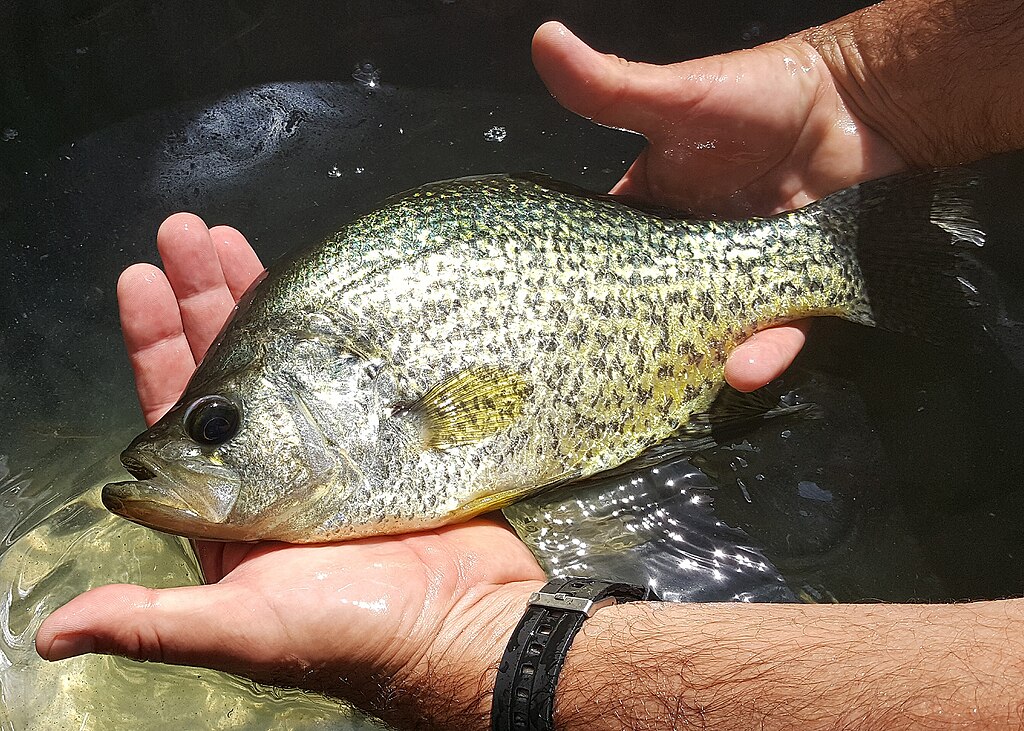
When a fish is caught, it undergoes significant physiological stress as it fights against the line, often depleting its energy reserves and building up lactic acid in its muscles. This exhaustion can leave a fish unable to swim properly or escape predators when returned to the water. Additionally, being removed from water, even briefly, can cause respiratory distress as the fish’s gills collapse and cannot extract oxygen efficiently. The handling process can also remove protective slime coating from the fish’s body, leaving it vulnerable to infections and parasites. Understanding these stressors helps explain why proper revival techniques aren’t just helpful—they’re often essential for the fish’s survival after release.
Preparing for Fish Revival Before You Fish
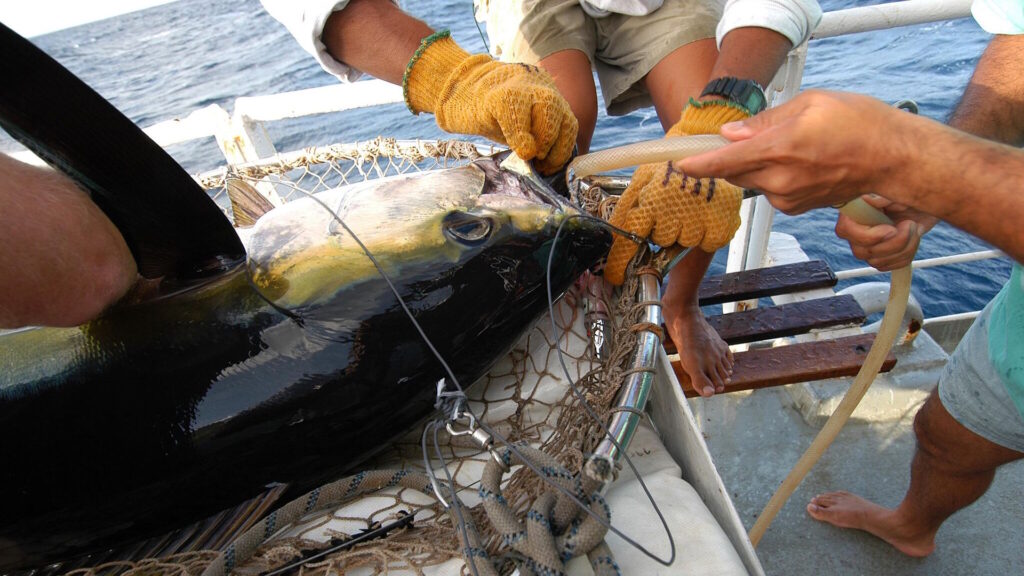
Successful fish revival begins before you even cast your line. Make sure to bring the necessary equipment for proper fish handling, including wet gloves or wet towels to protect the fish’s slime coating, a landing net with rubber or knotless mesh to minimize damage to scales, and needle-nose pliers or hemostats for quick hook removal. Consider using barbless hooks or crimping the barbs on your hooks to make removal faster and less damaging to the fish. Have a plan for where you’ll revive the fish, ideally in an area with good water flow but protected from strong currents that might sweep away a weakened fish. Preparation also means mentally committing to the time it might take to properly revive a fish—sometimes several minutes—rather than rushing the process.
Minimizing Handling Time

One of the most critical factors affecting a fish’s survival is how long it spends out of water. For optimal results, try to keep air exposure under 30 seconds—fish can begin suffering significant stress after just 60 seconds out of water. Consider keeping the fish partially submerged while removing the hook if possible, especially when fishing from the shoreline or in shallow water. Have your camera ready before bringing the fish out of the water if you plan to take a photo, and take quick shots before returning it to begin revival. Remember that every second a fish spends out of water increases its stress and decreases its chances of successful recovery, so efficiency in handling is paramount to successful catch-and-release practices.
Proper Handling Techniques
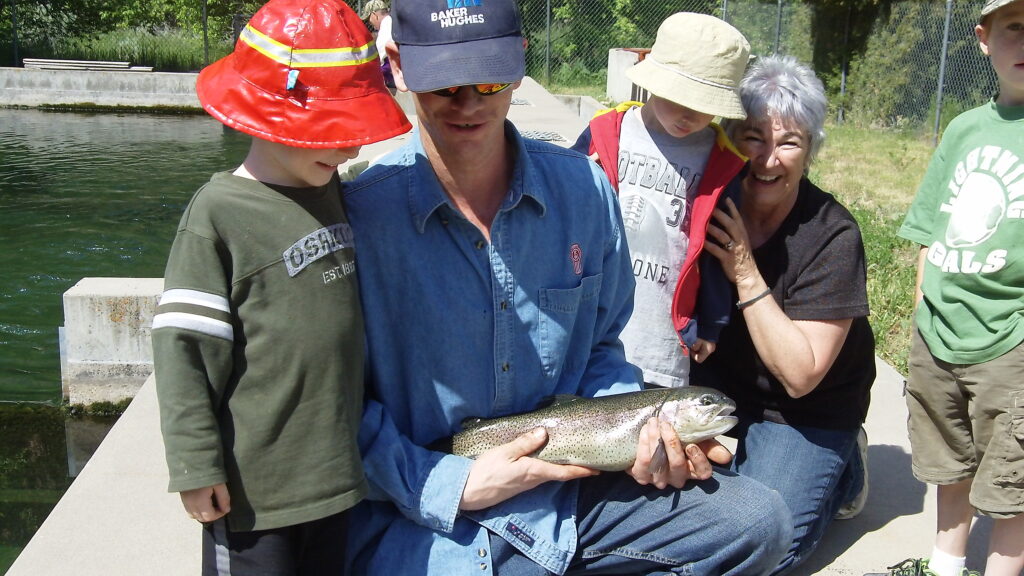
How you handle a fish directly impacts its chances of survival after release. Always wet your hands before touching a fish to protect its slime coating, which serves as a barrier against infection and parasites. For smaller fish, support them from underneath rather than squeezing them, which can damage internal organs. Larger fish should be held horizontally with one hand supporting the belly and the other gently cradling the tail area. Never hold a fish vertically by the gills or mouth, as this can dislocate or damage the spine and internal organs, particularly in larger species. Avoid touching the gills completely if possible, as they are extremely delicate and essential for the fish’s respiration—damage to this area can be fatal even if the fish appears fine upon release.
The Basic Revival Hold

The most common revival technique involves holding the fish in the water, facing into the current. Grasp the fish gently around the narrowest part of its body just in front of the tail (the caudal peduncle) with one hand, and place your other hand under its belly for support. Position the fish so water flows directly into its mouth and through its gills, simulating natural swimming and helping to restore oxygen to its system. Keep the fish upright in its natural swimming position—not on its side or upside down. This position allows water to flow naturally through the mouth and over the gills, maximizing oxygen uptake. The basic revival hold is often all that’s needed for smaller fish that haven’t been fought for extended periods.
Moving Water Technique
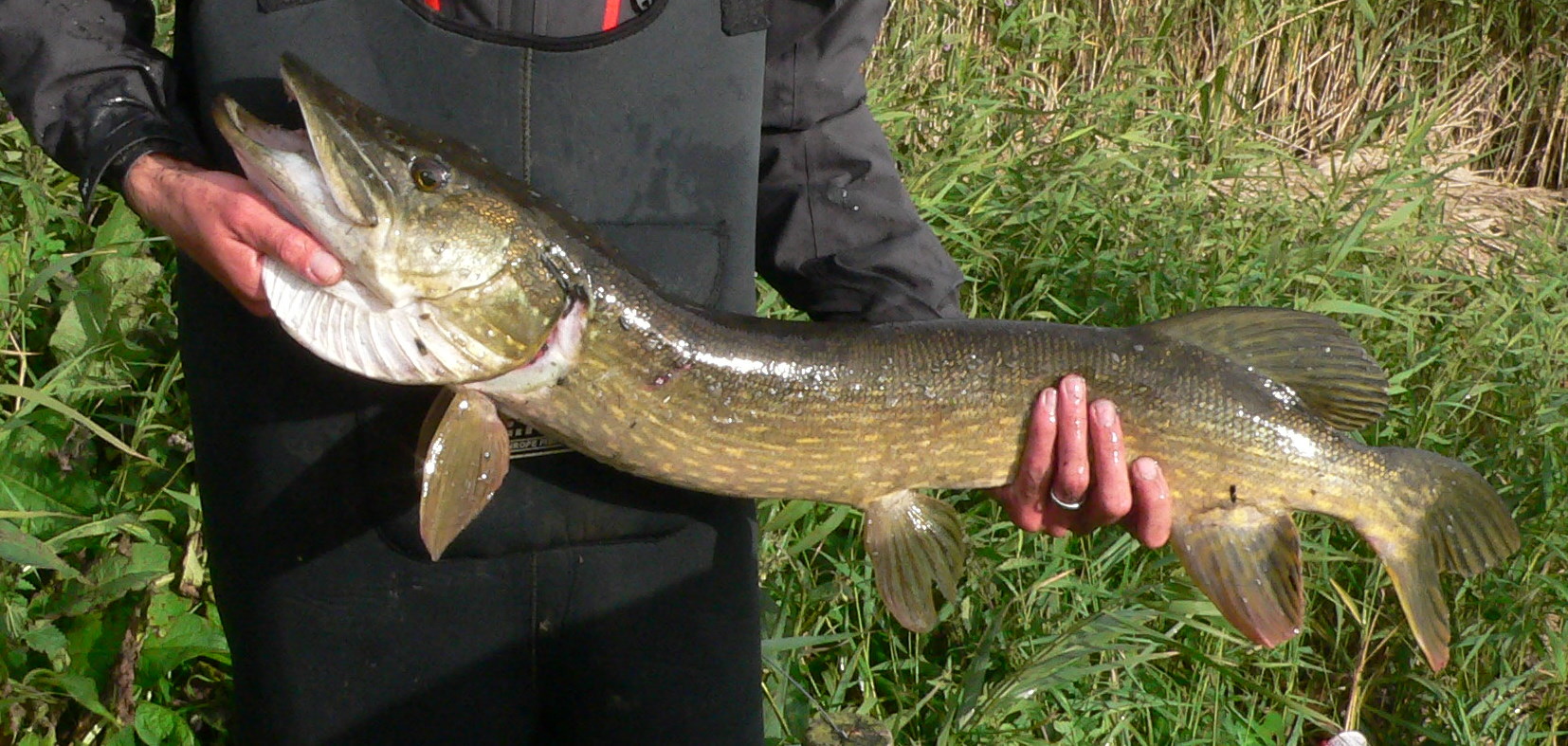
When fishing in rivers or streams with current, use the natural water flow to help revive the fish. Face the fish upstream so that water naturally flows into its mouth and over its gills, which helps oxygenate its blood and flush out carbon dioxide. Hold the fish gently but securely in this position, being careful not to grip too tightly and restrict its natural movements. If the current is too strong, find a calmer area where the fish won’t be swept away but still receives fresh, oxygenated water. This technique is particularly effective because it mimics the fish’s natural swimming position and leverages the existing water movement to provide oxygen without requiring the fish to expend energy swimming.
Figure-Eight Technique

In still or slow-moving water, you’ll need to create water movement yourself using the figure-eight technique. While supporting the fish in water with both hands as described in the basic hold, gently move it forward in a figure-eight pattern. This movement pushes water through the fish’s mouth and over its gills, simulating the natural swimming motion and helping to oxygenate its blood. Keep the movement smooth and steady, avoiding sudden jerks or changes in direction that might further stress the fish. The figure-eight technique requires more effort than using natural currents, but it’s essential in lakes, ponds, or other still water environments where natural water flow can’t be utilized for revival.
Signs of Recovery to Watch For
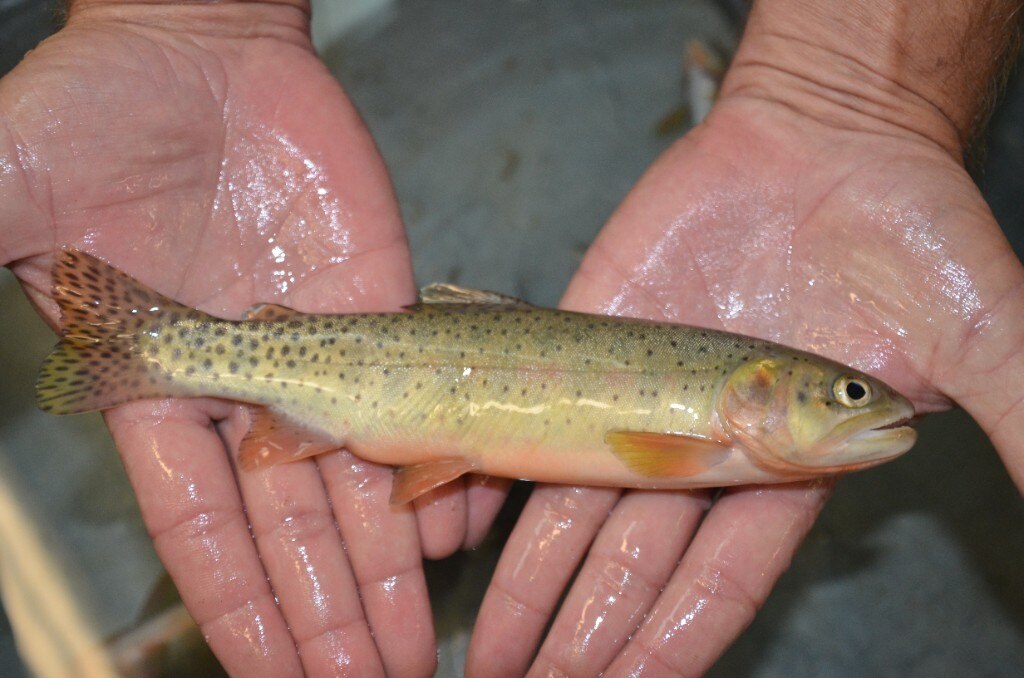
As you revive a fish, several signs indicate it’s regaining strength and preparing to swim away on its own. The most obvious sign is increasing gill movement, which should become stronger and more regular as the fish recovers. Watch for improvements in muscle tone—a recovering fish will begin to hold itself rigid rather than feeling limp in your hands. The return of equilibrium is another positive indicator; the fish will be able to maintain an upright position without rolling to one side. Perhaps most encouraging is when the fish begins to resist your grip and attempts to swim away—this shows it has regained significant energy and control of its movements. These signs may appear gradually over seconds or minutes, depending on the fish’s condition and species.
Knowing When to Release

Timing the final release is crucial for the fish’s survival. Release should occur only when the fish shows clear signs of recovery, including strong, regular gill movements and attempts to swim away from your grasp. When these signs are present, gently let go and allow the fish to swim away under its power. If the fish immediately turns upside down or sideways after release, quickly but gently recapture it and continue the revival process. Sometimes a fish may need multiple revival attempts, particularly if it was deeply hooked or fought for an extended period. Be patient—proper revival can take anywhere from 30 seconds to several minutes, depending on water temperature, fish species, and the stress level the fish experienced during capture.
Species-Specific Considerations
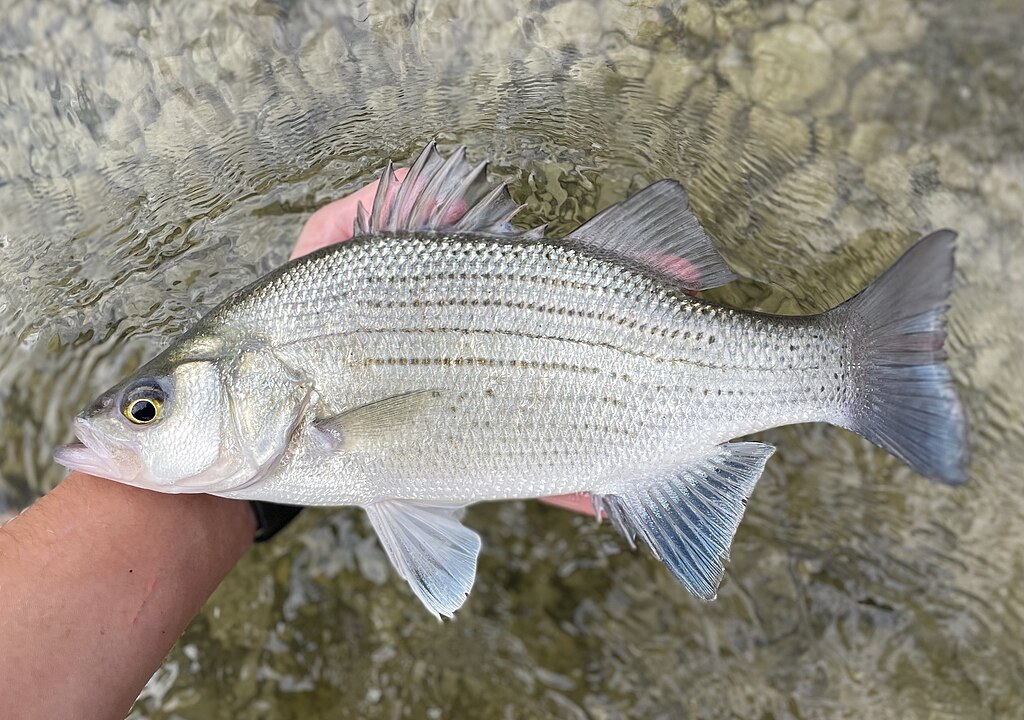
Different fish species require different handling and revival approaches based on their physiology and behavior. Trout and salmon are particularly sensitive to handling and often benefit from minimal contact and rapid revival in cold, oxygen-rich water. Bass are generally hardier but still require proper revival, especially in warmer water where oxygen levels may be lower. Pike and muskie have sharp teeth and should be handled with jaw spreaders or specialized tools, with extra care taken to support their long bodies during revival. Saltwater species like redfish or snook may need extended revival periods, particularly when caught in warmer waters. Understanding the specific needs of your target species can significantly improve revival success rates and help preserve healthy fish populations.
Environmental Factors Affecting Revival
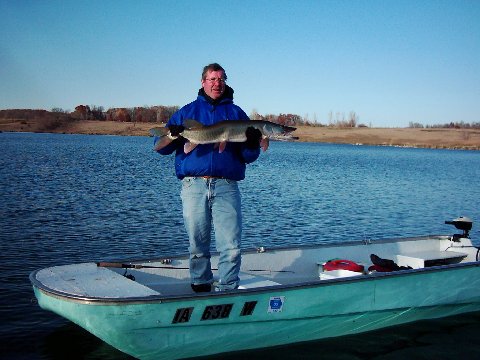
Environmental conditions play a significant role in determining how quickly a fish will recover and what revival techniques will be most effective. Water temperature is perhaps the most crucial factor—fish caught in warmer water (above 70°F/21°C) often have higher stress levels and lower oxygen availability, requiring more careful and extended revival efforts. Conversely, very cold water can slow a fish’s metabolism and make it appear unresponsive even when it’s recovering normally. Water clarity and quality also matter; fish caught in oxygen-poor or polluted water may struggle more during revival. Time of year affects fish physiology, too, with spawning seasons placing additional stress on fish that may already be physically taxed. Always consider these environmental variables when determining how to approach the revival process.
Common Revival Mistakes to Avoid

Even well-intentioned anglers can make mistakes during the revival process that compromise a fish’s chances of survival. One of the most common errors is moving the fish back and forth in the water, which can force water backward through the gills and damage these delicate structures. Another mistake is releasing a fish too soon, before it has fully recovered, particularly in fast-flowing water where it may be swept downstream without the strength to navigate or find shelter. Handling a fish with dry hands removes its protective slime coating, leaving it vulnerable to infections. Some anglers also make the mistake of focusing solely on gill movement without checking for other recovery signs, potentially releasing fish that aren’t yet ready. Avoiding these common pitfalls significantly increases the chances of successful release and fish survival.
Teaching Others About Fish Revival
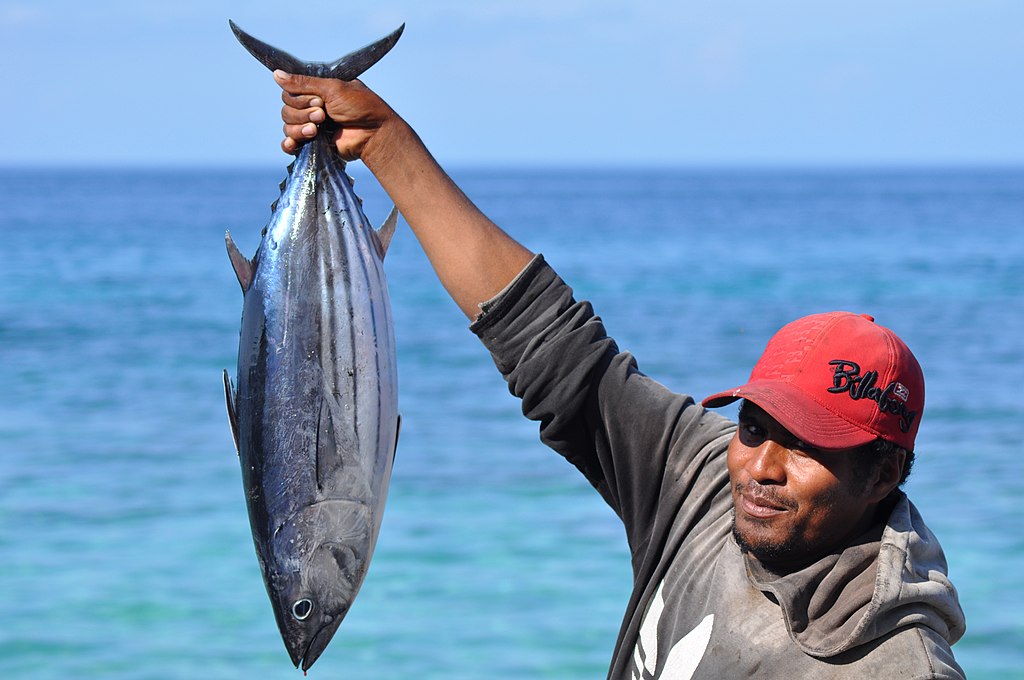
Spreading knowledge about proper fish revival techniques is essential for conservation efforts. When fishing with less experienced anglers, take time to demonstrate proper revival techniques and explain why they’re important for fish survival and population health. Consider volunteering with local fishing clubs or conservation organizations to share these skills with broader audiences. Social media can be a powerful tool for education—share photos and videos of proper catch-and-release practices, including revival techniques. Remember that young anglers are particularly receptive to learning ethical fishing practices, so make a special effort to teach children the importance of fish revival. By educating others, you create a ripple effect that benefits fish populations and aquatic ecosystems far beyond your fishing activities.
Legal and Ethical Considerations
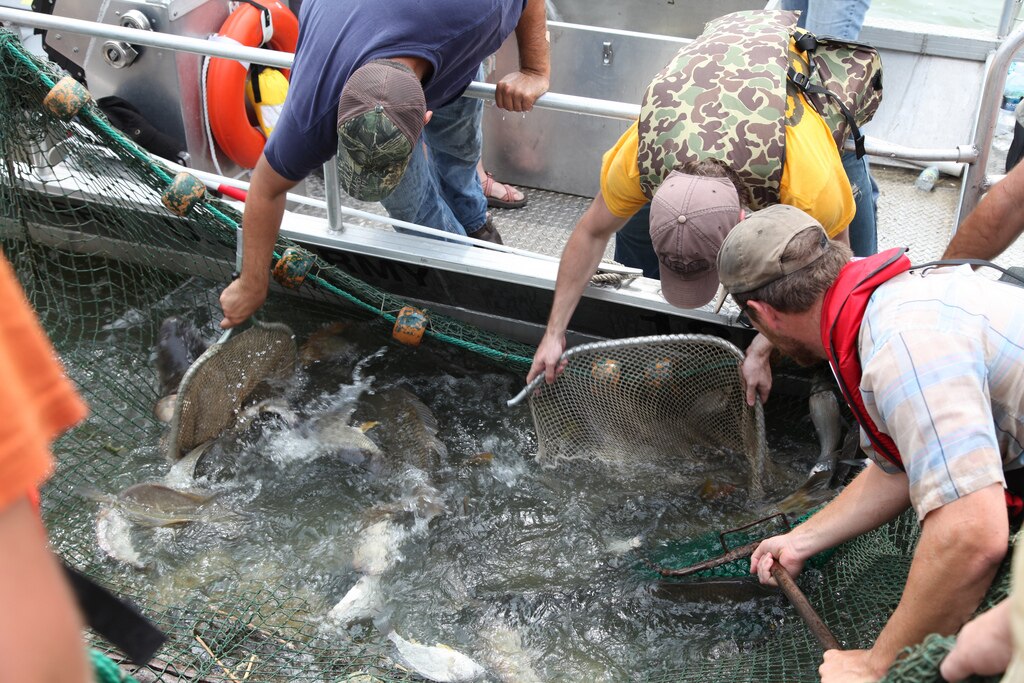
Beyond the practical aspects of fish revival lies a framework of legal and ethical considerations that responsible anglers should understand. Many jurisdictions have specific regulations about catch-and-release practices, including proper handling and revival techniques. Some areas may even require certain revival practices for particular species, especially those that are threatened or vulnerable. From an ethical standpoint, the principle of minimizing harm underpins all catch-and-release fishing—if you choose to fish for recreation rather than sustenance, there’s an implicit responsibility to ensure the fish has the best possible chance of survival. Conservation ethics also extend to considering when not to fish, such as during extreme heat when water temperatures are high and oxygen levels are low, making successful revival much more difficult. Understanding and respecting these legal and ethical dimensions elevate fishing from a simple recreational activity to a practice of environmental stewardship.
Conclusion

Properly reviving a fish before release is not just a skill but a responsibility for every angler practicing catch and release. The extra minute or two spent ensuring a fish can swim away strongly might seem insignificant in the moment, but it makes a profound difference to both individual fish survival and long-term population health. By understanding fish physiology, preparing properly, handling fish with care, and employing effective revival techniques, anglers can dramatically increase post-release survival rates. As fishing pressure on our waterways continues to increase, these conservation-minded practices become ever more important. Remember that each fish successfully revived and released represents not just a future catch opportunity, but a vital component of a healthy aquatic ecosystem that will continue to provide enjoyment and sustenance for generations to come.


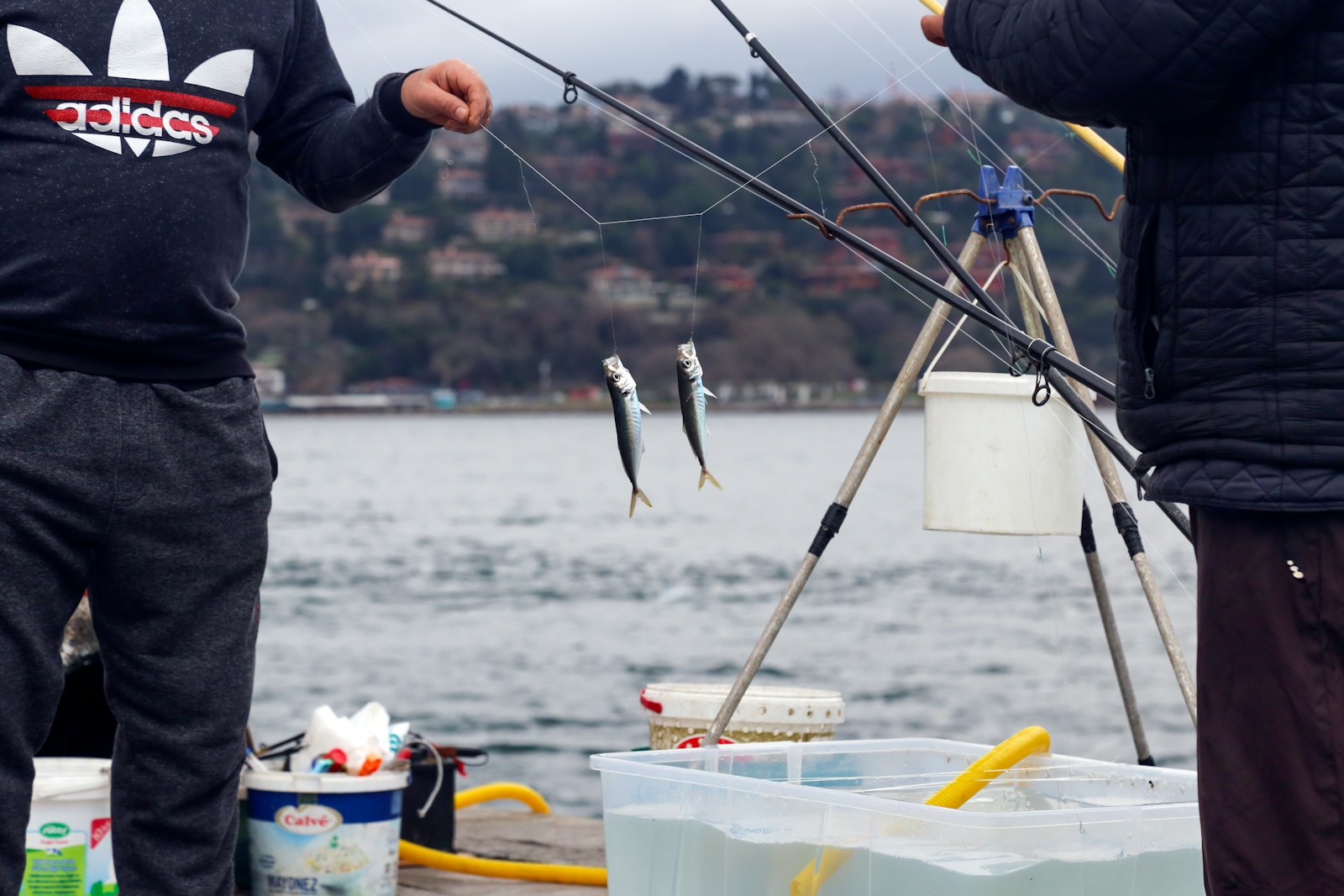

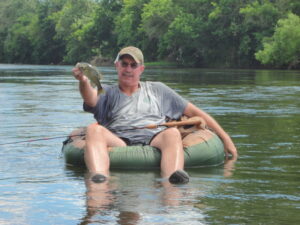









Post Comment